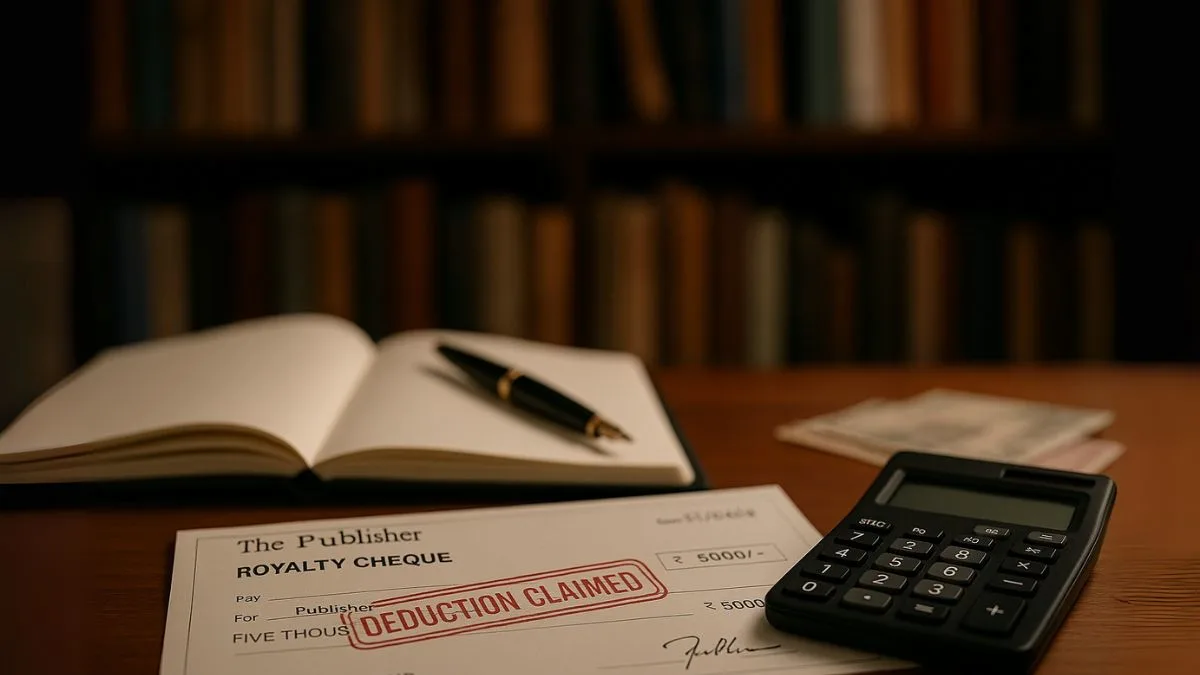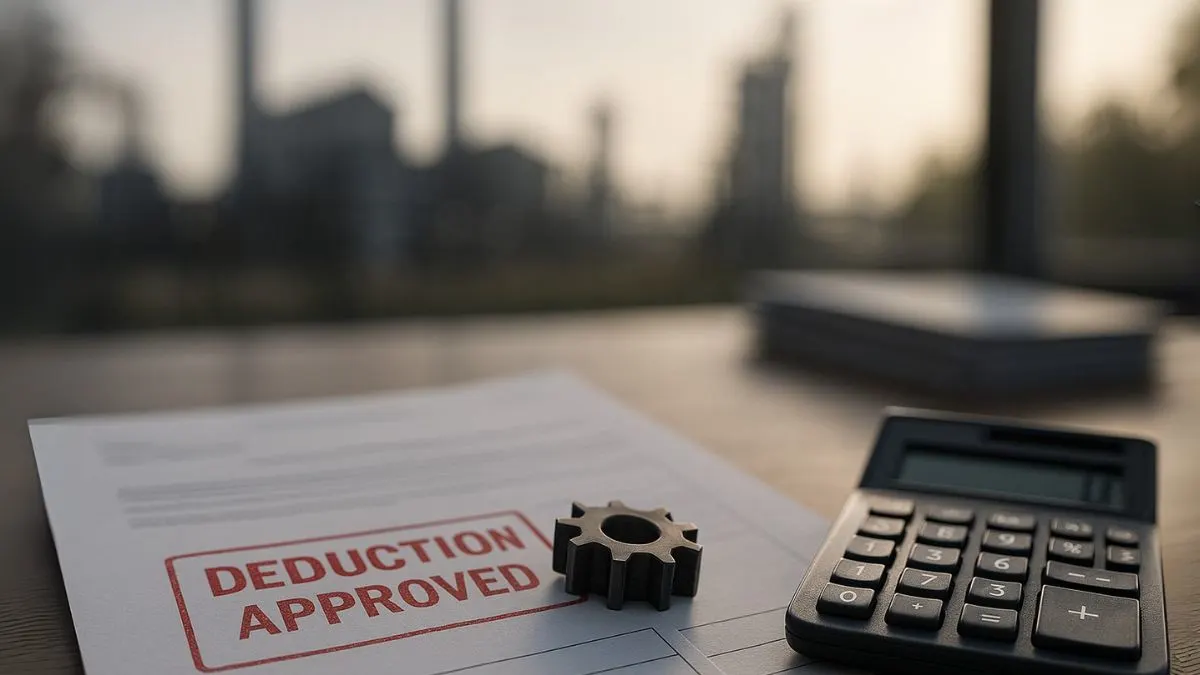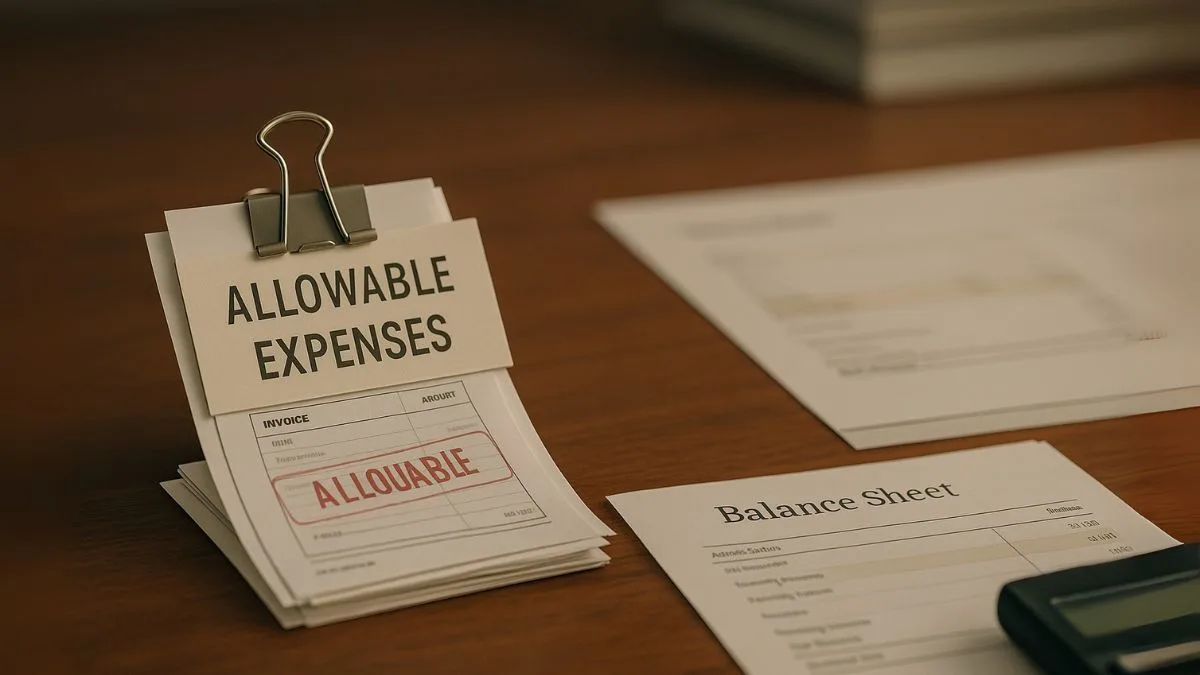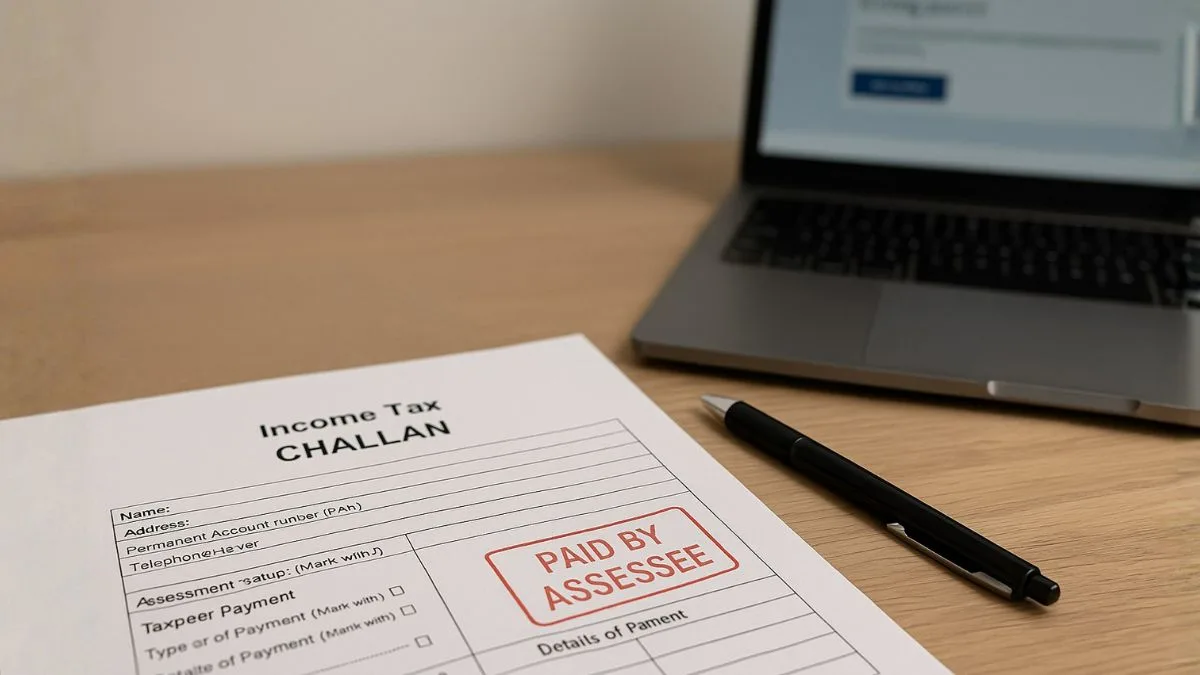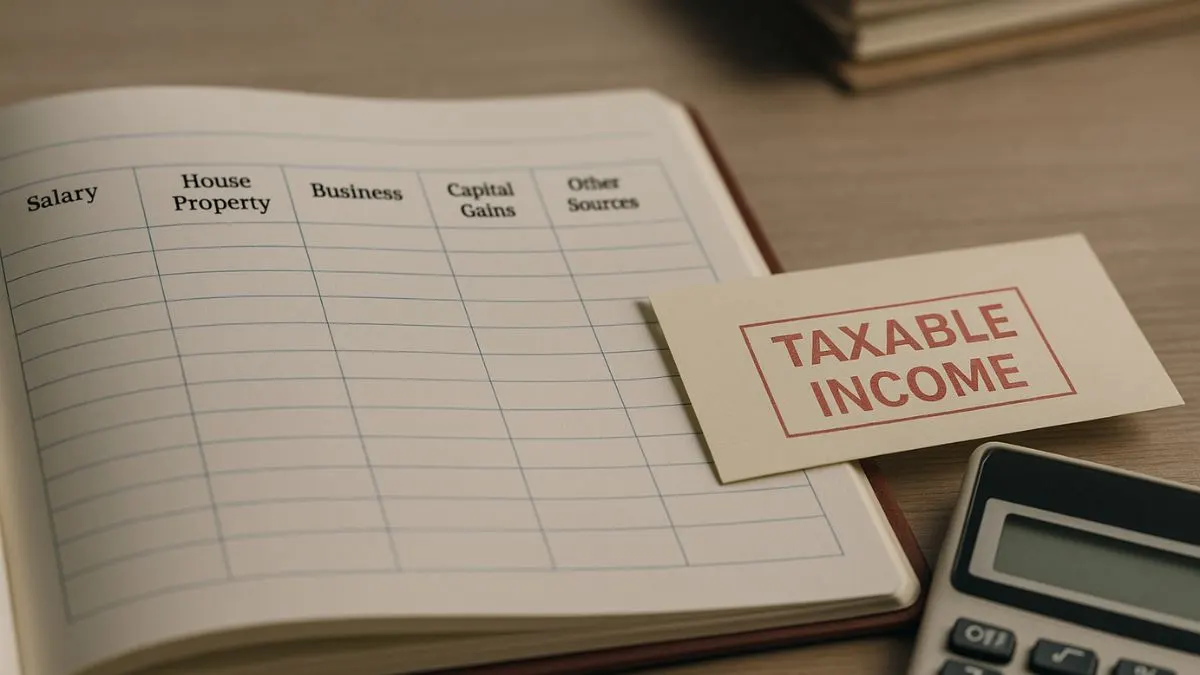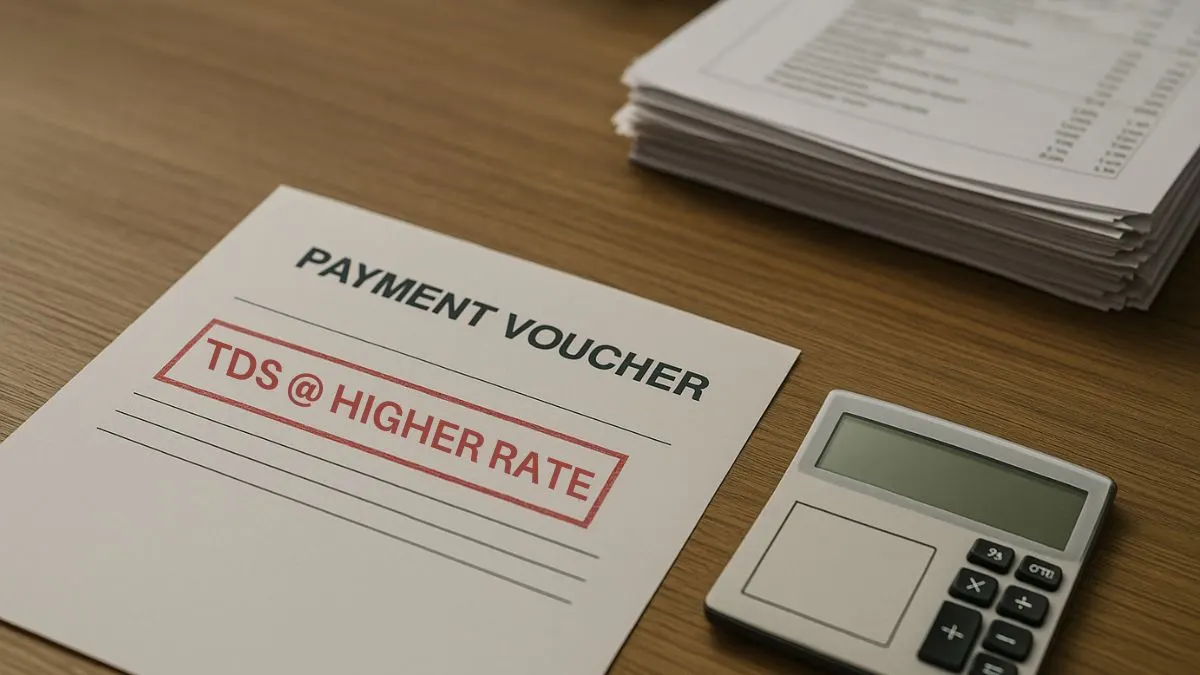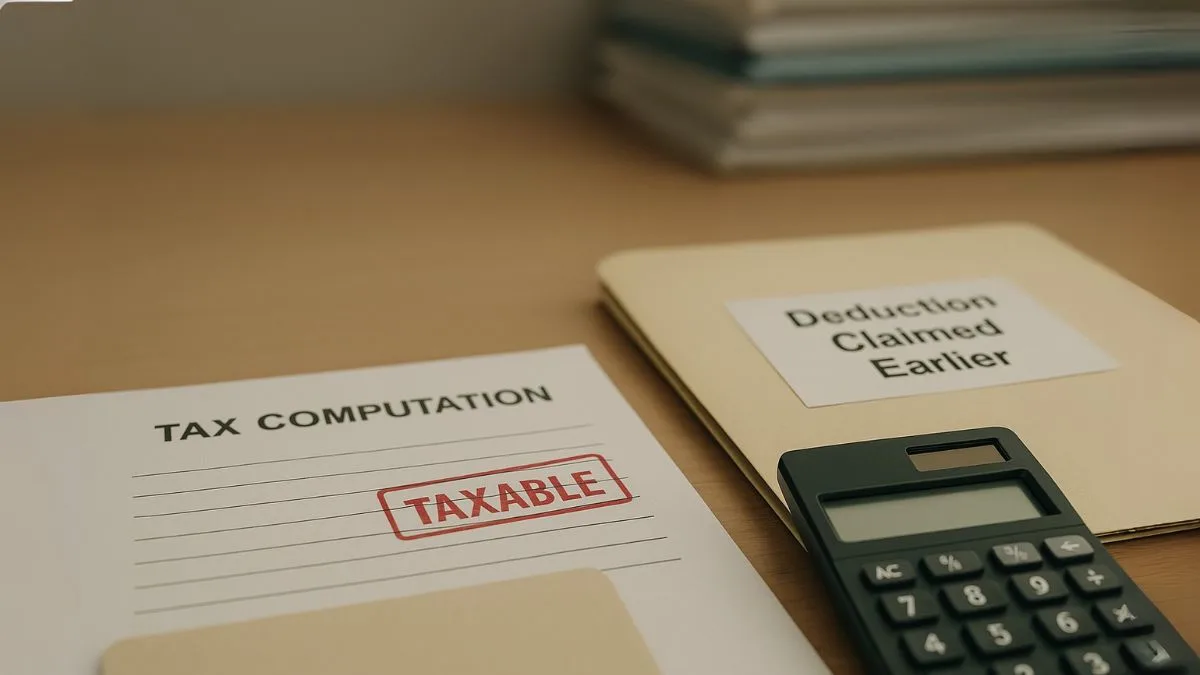
The Income Tax Act treats salary not only as the cash that is received during each month, but also anything of a benefit or amenity obtained by employee on account of his employment. “Perquisites” is defined in Section 17(2) and clause (vi) inter alia include the value of rent-free accommodation provided to the employee by the employer.
In other words, if your employer gives you a house or apartment for free, or at concessional rent, its value would be added to your salary income & will be taxed like your regular pay. The aim is to create parity—or that employees offered an accommodation, rather than an extra amount of cash salary, are subject to the same tax as those receiving a cash equivalent.
What is an RFA?
“Free quarters” means any living quarters which the employer owns, leases, or procures or provides for the employee to live in, without cost of rent or at a rate to him less than its fair rental value.
Valuation is based on provider (Government vs non-Government employer) & type of dwelling (whether owned or leased by employer).
Examples include:
- A government flat allocated to an officer.
- A company-leased apartment for a senior manager.
- A guesthouse accommodation provided to an employee while he shifts.
That the various companies of your employer (although they call it “company accommodation” or “staff quarters”) is treated as a taxable perquisite, unless specifically exempt.
Legal Basis and Rule Framework
The meaning of such perquisite is given under Section 17(2)(vi) of the Income Tax Act & the method of computing its monetary value is laid down in Rule 3 of the Income Tax Rules, 1962.
Between them they form a two-tier mechanism:
- Section 17(2)(vi): Considers free accommodation as a taxable perquisite.
- Rule 3(1): Specifies how the valuation will be conducted—based on salary level, city population, and ownership & furnishing of accommodation.
Such double-vision procedures guarantee objectivity in valuation & minimize arbitrary estimates.
Also Read: Treatment of Buildings Partly Used for Business
Computation of the Value of Rent-Free Accommodation – Government Employees
For employees of the Central Government or State Government or Public Sector Undertaking, valuation is simple.
The perquisite value is the license fee as determined by government for the accommodation, less rent actually recovered from employee.
Example:
An Officer of the Central Government resides in an official quarter for which license fee is ₹ 4,000 per month. He pays ₹ 1,000 as nominal rent every month. Then:
Taxable value = ₹ 4,000 – ₹ 1,000 = ₹ 3,000/month
This method captures administrative equity—government housing valuations are based on standard rates notified under the house allotment rules."
Valuation for Non-Government Employees
The valuation for private sector / non-government employees varies depending on whether the company/employer owns or leases/rents the accommodation.
(a) Accommodation Owned by Employer
|
Population of City (Census 2011) |
Perquisite Value |
|
Above 25 lakh |
15% of salary |
|
10 lakh – 25 lakh |
10% of salary |
|
Below 10 lakh |
7.5% of salary |
(b) Accommodation Leased by Employer
Valuation = Higher of Actual rent paid by employer or 15% of salary.
For this purpose, salary includes basic salary, dearness allowance (to the extent forming part of retirement benefits), & commission, if any, received by an employee from his employer—other than commission under Section 38—inclusive of all benefits paid in kind, except for benefits like house rent allowance (HRA) or leave travel concession.
When Accommodation Is Furnished
In return for the use of a furnished house or flat, additional perquisites are included such as:
- Furniture (owned by employer): 10% p.a. of actual cost for each completed year of service.
- Furniture rent (if rented): Paid at actuals.
That way, all value associated with the benefit of living rent-free in a furnished home is considered.
Also Read: Interest on Delay in Advance Tax Payments
Special Situations & Exceptions
|
Situation |
Treatment |
|
Hotel overnight accommodation (short term mission ≤ 15 days) |
Exempt |
|
Remote or defence area housing |
Fully exempt under special notifications |
|
House for use by official (e.g., manager’s house on factory site) |
Exempt – for official purposes |
|
Rent-sharing agreements (employee pays high rent) |
Taxed on value above rent paid |
These exceptions reflect business & operational realities where lodging benefits the employer more than the employee.
Taxability – Employee vs Employer
The amount calculated under Section 17(2)(vi) is included in employee’s salary income. The employer must:
It raises taxable salary for the employee (though not in-hand cash). Correct reporting avoids scrutiny mismatches with Form 26AS.
Example Calculation
Case Study:
Ms. Riya, a senior manager at Mumbai, earns basic salary ₹15 lakh p.a. & bonus ₹2 lakh. She gets a company-owned flat (unfurnished).
City: Mumbai (population > 25 lakh)
Perquisite = 15% of salary
Salary = ₹17 lakh → 15% = ₹2.55 lakh
Therefore, her income will include a taxable perquisite of ₹2,55,000 under Section 17(2)(vi).
If the flat was furnished, add 10% i.e. ₹50,000.
Total taxable perquisite = ₹3.05 lakh.
HRA: House Rent Allowance interaction
An employee cannot take both the exemption for HRA under Section 10(13A) & rent-free accommodation (RFA) from the same employer simultaneously.
If an employee occupies employer housing part-time and rents elsewhere part-time, tax officials generally prorate the benefits.
Also Read: Taxation of Profits instead of Salary
Judicial Views and CBDT Clarifications
Judicial decisions have uniformly held that perquisites must represent actual benefit received.
New CBDT clarifications (2024) confirm that:
- If accommodation is shared by multiple employees, it should be valued proportionately.
- For foreign employees working for Indian entities, only income arising in India is taxable under Section 17(2)(vi).
Summary
|
Basis |
Government Employees |
Private/Non-Govt Employees |
|
Valuation Method |
As per Govt license fee |
7.5%, 10%, or 15% of income / actual rent |
|
Rule Reference |
Rule 3(1)(a)(i) |
Rule 3(1)(a)(ii) & (iii) |
|
Furnished Accommodation |
Add 10% of furniture cost |
Same |
|
Responsibility for TDS |
Department |
Employer Company |
|
Common Exemptions |
Remote or temporary postings |
Hotels ≤15 days, official residences |
New Developments for FY 2024–25 (AY 2025–26)
- CBDT Notification No. 34/2025 reiterates that digital or self-rented agreements must be supported by valid rent agreements & payment proofs.
- Taxpayers must furnish perquisite details in Schedule S – Salary in new ITR forms.
- TDS/TCS Return Stats (Form 27A) will now have a mandatory link of Form 12BA with Form 26AS for verification."
This improves transparency and minimizes under-reporting of non-cash benefits.
Frequently Asked Questions (FAQs)
Q1. Is rent-free accommodation always taxable?
Yes, with exceptions like hotel stays ≤15 days during transfer or remote area housing.
Q2. What if the employee pays rent to the employer?
Only the difference between perquisite value & rent paid is taxed.
Q3. Can an employee avail HRA and RFA both?
No, only one can be claimed for the same period.
Q4. Who pays tax on the perquisite?
The employee pays tax, while the employer must deduct TDS.
Q5. Is Section 17(2)(vi) applicable to expatriates in India?
Yes, for the portion of salary earned for services rendered in India, even if employer is foreign.
Also Read: Taxation of Perquisites in India
Key Takeaways
- Section 17(2)(vi) defines taxability of perquisites such as rent-free accommodation.
- Valuation depends on ownership, location, and salary level.
- Furnished accommodation increases taxable value by 10%.
- Employers must report in Form 16 & Form 12BA.
- Always cross-check TDS deduction and claim in ITR.
Conclusion
Housing at no cost is one of the most valued yet misunderstood employee benefits. Under Section 17(2)(vi), the principle of uniform taxation ensures parity between benefits in kind and cash salary.
Both employees & employers must understand the valuation of perquisites to avoid mismatch notices or over-taxation.
👉 Want to understand how Section 17(2)(vi) applies to your salary package? Visit Callmyca.com and talk to our tax experts today to calculate it correctly—so you pay no more than you should.

